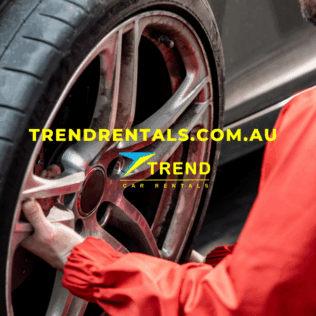Introduction: Why the Right Tyres Matter in Australia’s Rugged Terrain
Australia’s off-road landscape is unlike anywhere else in the world. From the deep red sands of the Simpson Desert to the rocky outcrops of the Flinders Ranges and muddy trails of Queensland’s rainforests, having the right wheel and tyre setup can make or break your adventure.
Whether you’re planning a weekend 4WD getaway or managing a fleet of mine spec vehicles for remote operations, tyre selection isn’t just about performance—it’s about safety, durability, and efficiency. This comprehensive off road tyre guide will help you understand tyre types, tread designs, load ratings, and maintenance essentials to conquer any Aussie terrain with confidence.

1. Understanding the Basics: Wheel vs. Tyre
Before we go deep into tread patterns and ply ratings, let’s clear up the basics.
- Wheel (Rim): The metal structure that supports the tyre. It affects vehicle handling, offset, and load distribution.
- Tyre: The rubber casing that provides traction, cushioning, and control on different surfaces.
Both work together as a system—choosing mismatched sizes or unsuitable materials can compromise your off-road performance and fuel economy.

2. Tyre Construction Types: What’s Inside Matters
When it comes to off-road tyres, the build determines how well they withstand the brutal Australian environment.
🛞 Radial Tyres
- Most common type used on modern 4WDs.
- Flexible sidewalls for better comfort on-road.
- Excellent traction and fuel efficiency.

🪨 Bias Ply Tyres
- Reinforced with cross-layered cords for extreme durability.
- Less comfortable but highly resistant to punctures.
- Ideal for mining and remote construction applications—great for fleet rentals.

🔩 Hybrid Tyres
- Blend of radial comfort and bias strength.
- Increasingly popular among long-term 4WD hire and outback drivers.

3. Tyre Classifications: Matching Tyres to Your Terrain
Here’s where the off road tyre guide gets practical—choosing tyres that suit your driving environment.
🛻 Highway Terrain (HT)
- Best for mostly sealed roads with light off-road use.
- Quiet, fuel-efficient, and long-lasting tread.
- Not recommended for serious off-roading.
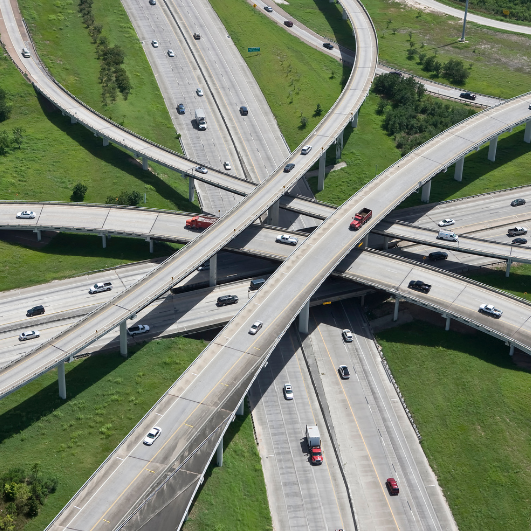
🚙 All Terrain (AT)
- The all-rounder for mixed driving.
- Balanced tread for highway comfort and off-road grip.
- Perfect for tourists and contractors using 4WD hire in Brisbane or Adelaide.

🏜️ Mud Terrain (MT)
- Aggressive tread pattern designed for deep mud and rock crawling.
- Noisy on highways but unbeatable on trails and work sites.
- Ideal for remote site access vehicles or mine site rentals.

🪨 Rock & Sand Terrain
- Wider tyres with flexible sidewalls and low pressure capability.
- Excellent flotation in desert conditions like the Simpson or Fraser Island.

4. Tyre Size and Profile: Getting the Balance Right
Selecting tyre size is a mix of science and practicality.
Use this formula to keep it legal and functional:
Overall Diameter = (Tyre Width × Aspect Ratio × 2 / 25.4) + Wheel Diameter
Key Points:
- Larger diameter tyres improve ground clearance but may reduce acceleration.
- Wider tyres offer better grip on soft surfaces but can strain suspension components.
- Always consult your vehicle’s compliance plate or a professional at Trend Rentals before upgrading.
5. Load Ratings, Speed Index, and Ply Count
Tyres must handle both the weight of your vehicle and additional payloads—especially for work fleets.
- Load Index: Indicates the tyre’s maximum carrying capacity.
- Speed Rating: Denotes safe top speed (e.g., “N” = 140 km/h).
- Ply Rating: Reflects tyre strength. More plies = tougher tyre.
For example, mine spec 4WDs often require tyres with 10-ply ratings or more for heavy loads and puncture resistance.
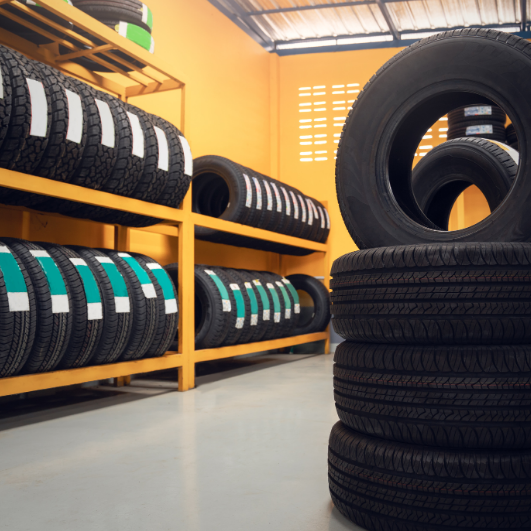
6. Tread Design: Your Tyre’s Personality
Each tread pattern is engineered for a specific function.
| Tread Type | Best For | Features |
|---|---|---|
| Symmetrical | On-road, light trails | Smooth, quiet, long lifespan |
| Asymmetrical | Mixed use | Inner grooves for wet grip, outer blocks for cornering |
| Directional | Mud, sand | Arrow pattern for maximum traction and self-cleaning |
| Block Tread | Rocks, gravel | Large blocks for grip on loose surfaces |
A well-chosen tread pattern can enhance braking, fuel economy, and overall vehicle control—critical for safe off-road travel.
7. Wheel Materials: Alloy vs. Steel
The wheel’s composition impacts performance and durability.
- Alloy Wheels: Lightweight, stylish, improve heat dissipation—great for mixed driving.
- Steel Wheels: Tougher and cheaper to replace, perfect for remote or mining work vehicles.
→ Many of Trend Rentals’ mine spec utes use steel wheels for this reason.
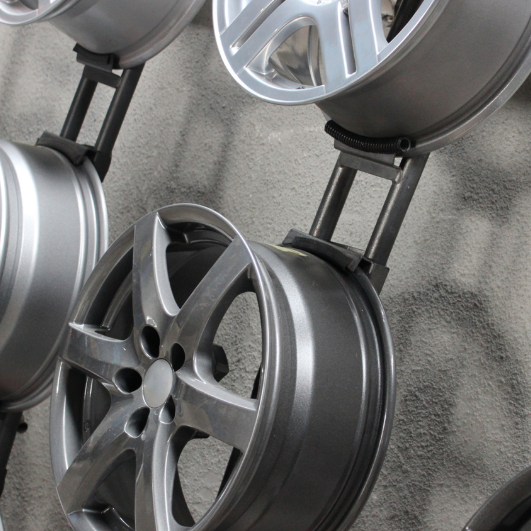
8. Tyre Pressures: The Art of Deflation
Adjusting tyre pressure is essential in off-road driving.
| Terrain | Recommended PSI | Notes |
|---|---|---|
| Highway | 32–36 | Manufacturer default |
| Sand | 16–20 | Increases footprint, reduces bogging |
| Mud | 20–26 | Improves traction |
| Rocks | 22–28 | Softer ride, more grip |
| Gravel | 28–32 | Balanced handling |
Always reinflate before returning to sealed roads—low pressures cause overheating and damage.
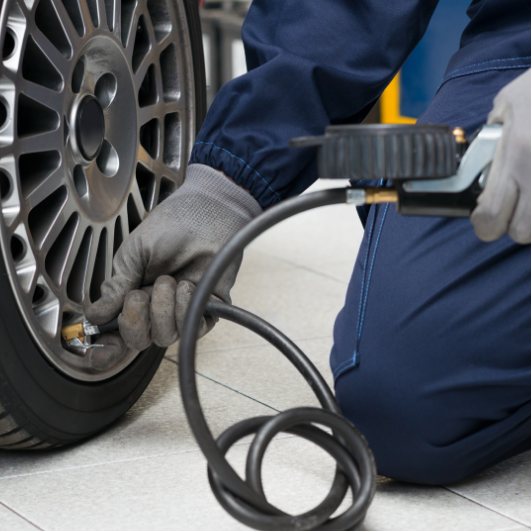
9. Tyre Maintenance: Prolonging Life and Safety
Even the best tyres wear out faster under off-road strain. Extend their life with:
- Regular Inspections: Check for cuts, bulges, and uneven wear.
- Rotation Every 10,000 km: Promotes even tread use.
- Wheel Balancing and Alignment: Prevents vibration and suspension stress.
- Cleaning: Remove mud, stones, and corrosive materials.
- Pressure Monitoring: Especially for long-term fleet vehicles.
For business fleets, partnering with Trend Rentals’ fleet management solutions ensures tyres stay compliant and safe.
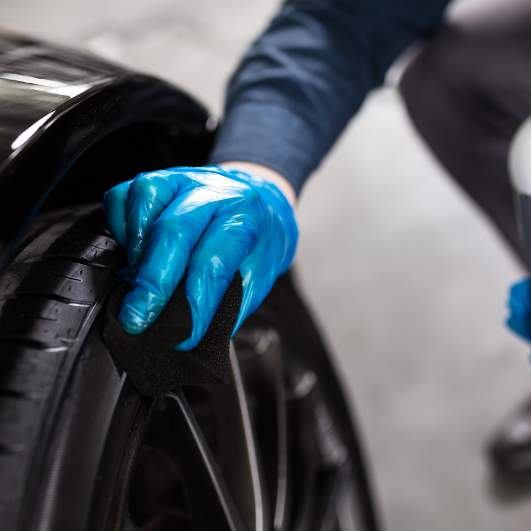
10. Tyre Selection for Specific Australian Conditions
🏖️ Beach & Coastal Driving
- Use wide, low-profile tyres with reduced PSI.
- Avoid aggressive tread that digs into sand.
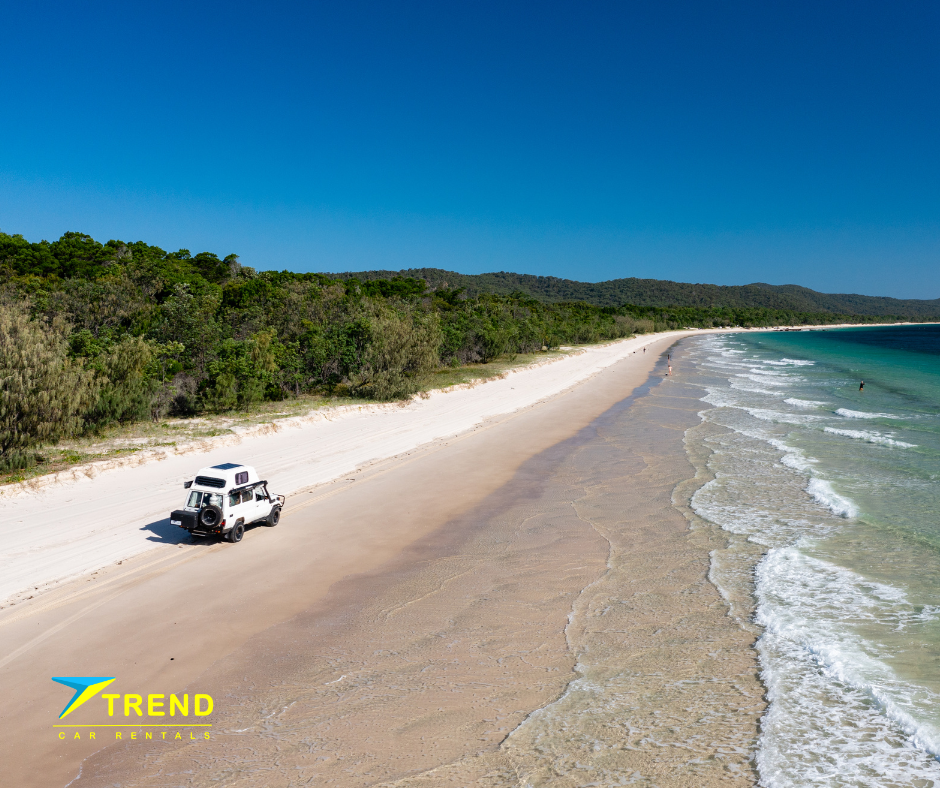
⛰️ Mountain Trails
- Choose tyres with reinforced sidewalls and block tread for traction.
- Ensure alloy or steel rims rated for impacts.
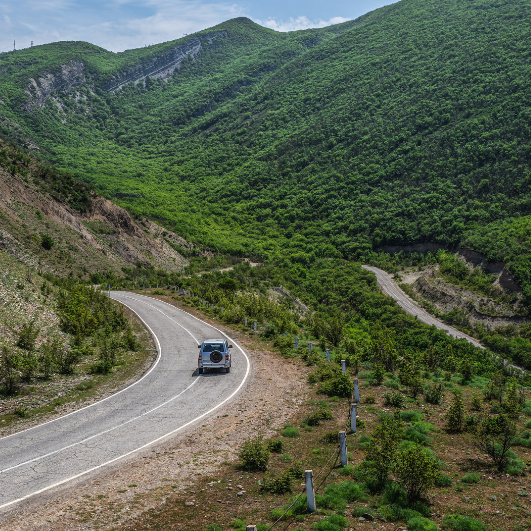
🌾 Outback & Desert Tracks
- All Terrain or Mud Terrain tyres with high ply count.
- Carry a spare wheel and repair kit—distance is your biggest risk.
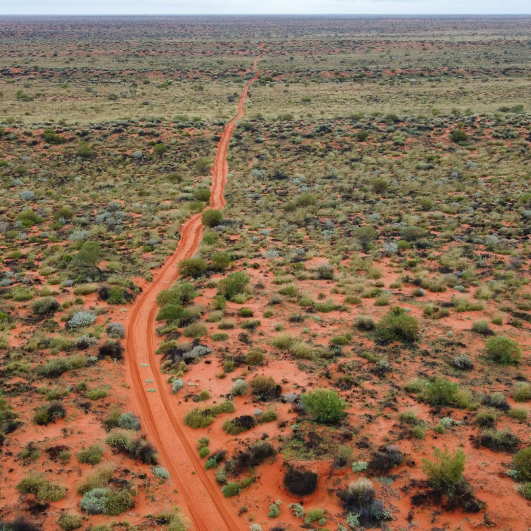
🛠️ Mining & Construction Sites
- High-load, puncture-resistant bias ply tyres.
- Steel wheels preferred for durability.
- Consider mine spec vehicle hire with pre-approved setups.
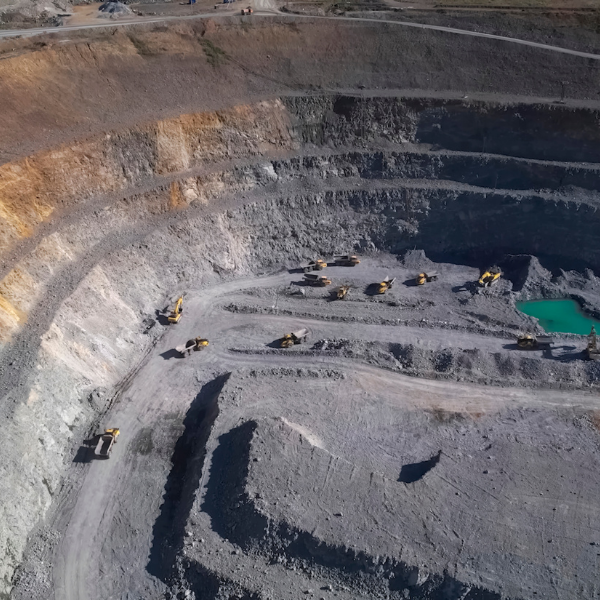
11. Legal & Safety Considerations
In Australia, tyre modifications must comply with ADR (Australian Design Rules) and state regulations.
Key rules include:
- Tyre load and speed ratings must meet or exceed OEM specs.
- Tyres cannot protrude beyond guards.
- Correctly matched rim and tyre sizes are mandatory.
Professional providers like Trend Rentals ensure all vehicles meet these legal standards before delivery.

12. Common Mistakes to Avoid
- Mixing tread types or tyre brands.
- Ignoring load index during replacement.
- Overinflating tyres for off-road trips.
- Neglecting wheel alignment after tyre change.
- Forgetting to carry an air compressor or tyre gauge.
13. When to Replace Off-Road Tyres
Look for:
- Tread Depth Below 1.5mm (legal minimum).
- Cracks, bulges, or exposed cords.
- Vibration or noise even after balancing.
- Uneven wear patterns (sign of suspension issues).
Regular maintenance can delay replacement—but when in doubt, consult the experts at Trend Rentals for advice on suitable replacements.
14. Expert Tips from Trend Rentals
- Always match tyre types across all four wheels.
- Invest in quality brands—cheap tyres cost more in repairs.
- For long-term projects, consider long-term vehicle rental plans with included maintenance.
- Before heading off-road, perform a pre-trip inspection of tyres, spares, and tools.
Conclusion: Conquer the Terrain with Confidence
This off road tyre guide equips you to select the right wheels and tyres for every Australian condition—whether you’re beach driving, mining in the Pilbara, or exploring the Red Centre. Proper tyre selection enhances safety, improves efficiency, and prevents costly breakdowns.
For businesses, Trend Rentals offers a range of compliant, terrain-ready vehicles with the right wheels and tyres for any environment. Explore 4WD hire options or mine spec vehicles designed for durability, compliance, and performance across Australia’s toughest landscapes.
